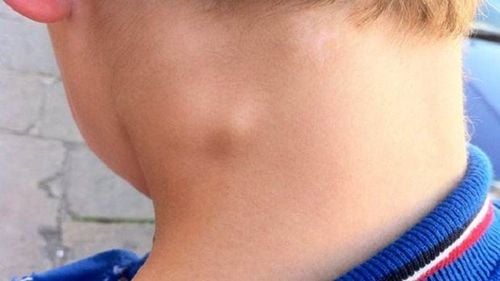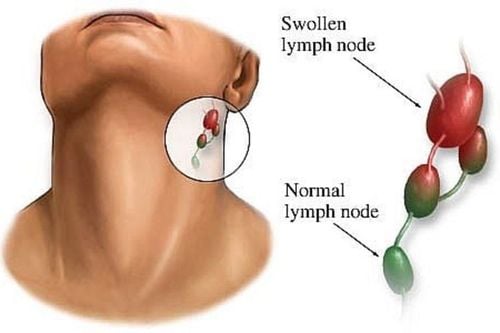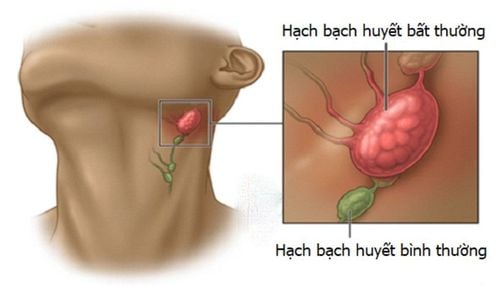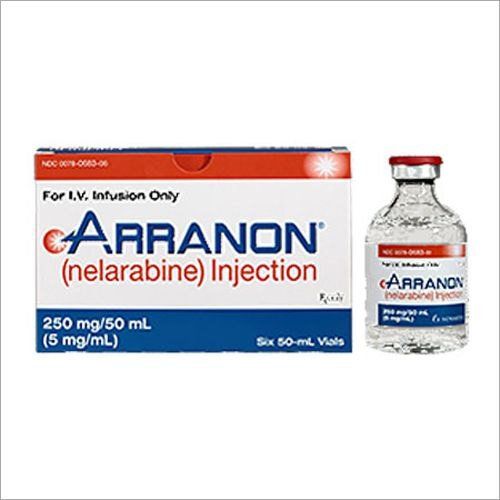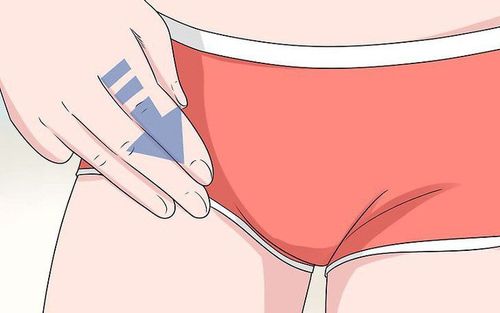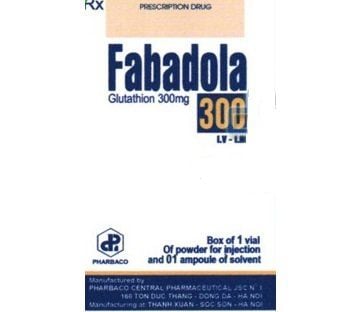This is an automatically translated article.
Lymph nodes play an important role in the immune system. However, not everyone has an exact understanding of the role and structure of the lymph nodes in the human body.1. What is a lymph node?
Lymph nodes (lymph nodes) are part of the lymphatic system, located in a multitude of smooth, oval-shaped structures scattered along the lymphatic vessels.
In the human body, there are about 500-600 lymph nodes located in the path of lymphatic vessels, often standing in groups and receiving lymph from each body region. The most common places where lymph nodes are concentrated are the neck, armpits, and groin, but more often than not, it occurs all over the body.
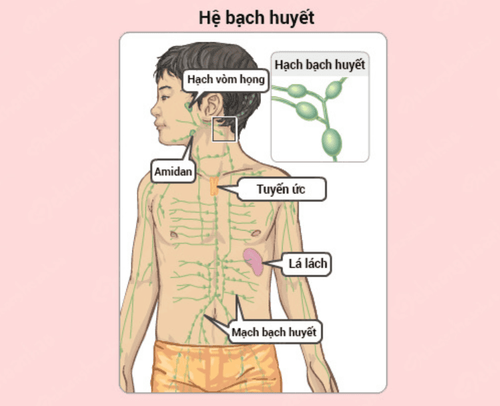
Hệ thống hạch bạch huyết
2. The role of lymph nodes
In the immune system, lymph nodes function as filters or traps to trap foreign particles,
The lymph nodes play an important role in the functioning of the immune system. Lymph nodes may become hot or swollen. This is one of the warning signs of some diseases like sore throat to dangerous like cancer.
3. Lymph node location
Nodes vary in size and shape, ranging from a few millimeters to about 1–2 cm. There is a fibrous capsule on the outside of each lymph node, which expands within the lymph node to form bone fibers. The lymph node is divided into the outer cortex and the medullary domain on the inside. The sheath surrounds the medulla oblongata except where the pulp is in direct contact with the umbilicus.
Inside the ganglion there is a reticulin support network between the thin reticular fibers of the reticular connective tissue and the elastic fibers. In the outer cortex - where they congregate in the wall of the B-cyst cells in the lymphoid follicles and the T-cells mainly in the paracortex, we will find B-cells. Lymphoid cysts are located in the compartments of the lymph nodes, each cyst There is a cortical region made up of B follicular cells, a paracortical region of T cells, and a cystic basal region in the medullary domain.
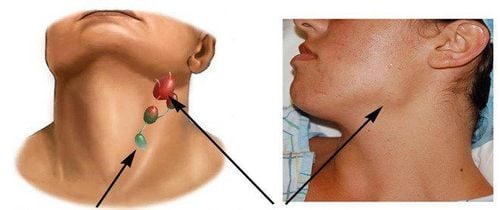
Hạch bạch huyết vùng cổ
Not only helps to support the structure, the reticuloendothelial network, but also the adhesion surface of dendritic cells, macrophages and lymphocytes. It allows the exchange of matter with the blood via highly endothelial venules and provides the growth and circulation factors necessary for immune cell activation and proliferation.
The shape of each lymph node is different, some are pea-shaped, some are ovoid in the fibrous capsule.
Lymphatic vessels that carry lymph to the lymph node, also known as blood vessels, are located in the fibrous capsule of the lymph node. The hilum of the ganglion is located in the concave part. The hilum is the place where the lymph nodes enter the lymph node parenchyma of the arteries, the exit place of the lymphatic vessels (which lead the lymph out of the vessels) and the veins. is the fibrous wall and the fibrous cord.
Customers can directly go to Vinmec Health system nationwide to visit or contact the hotline here for support.




